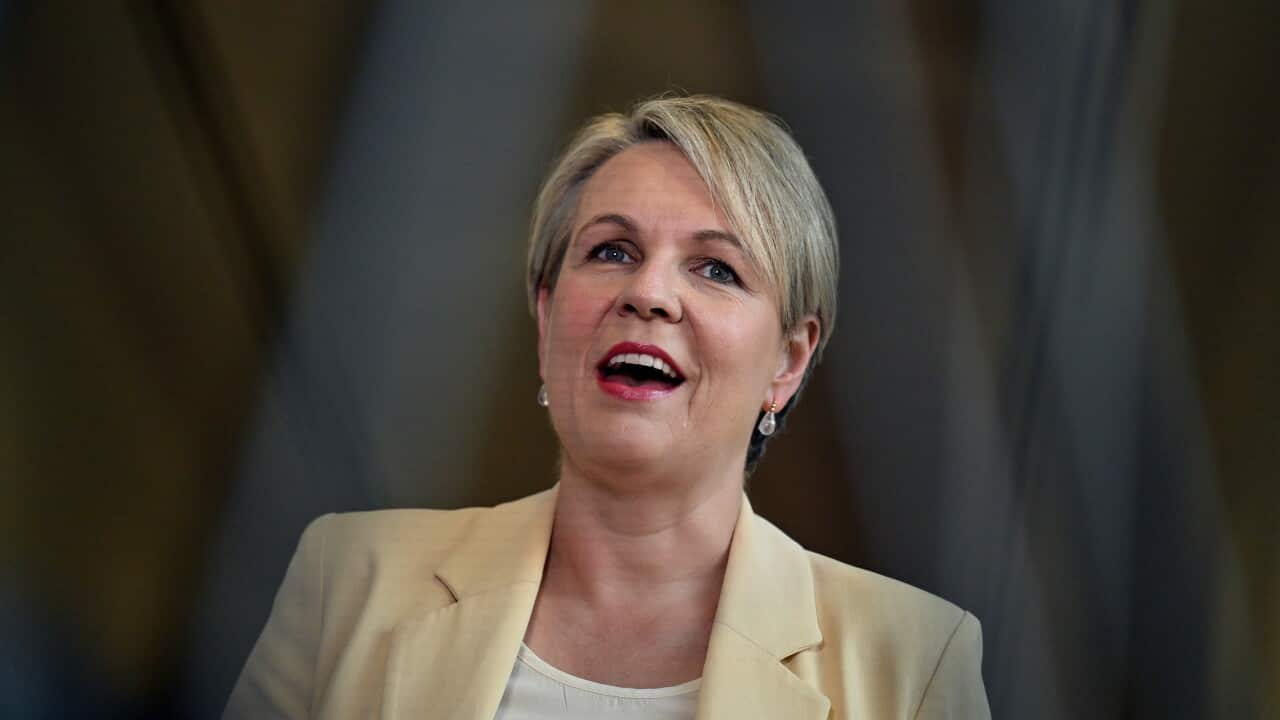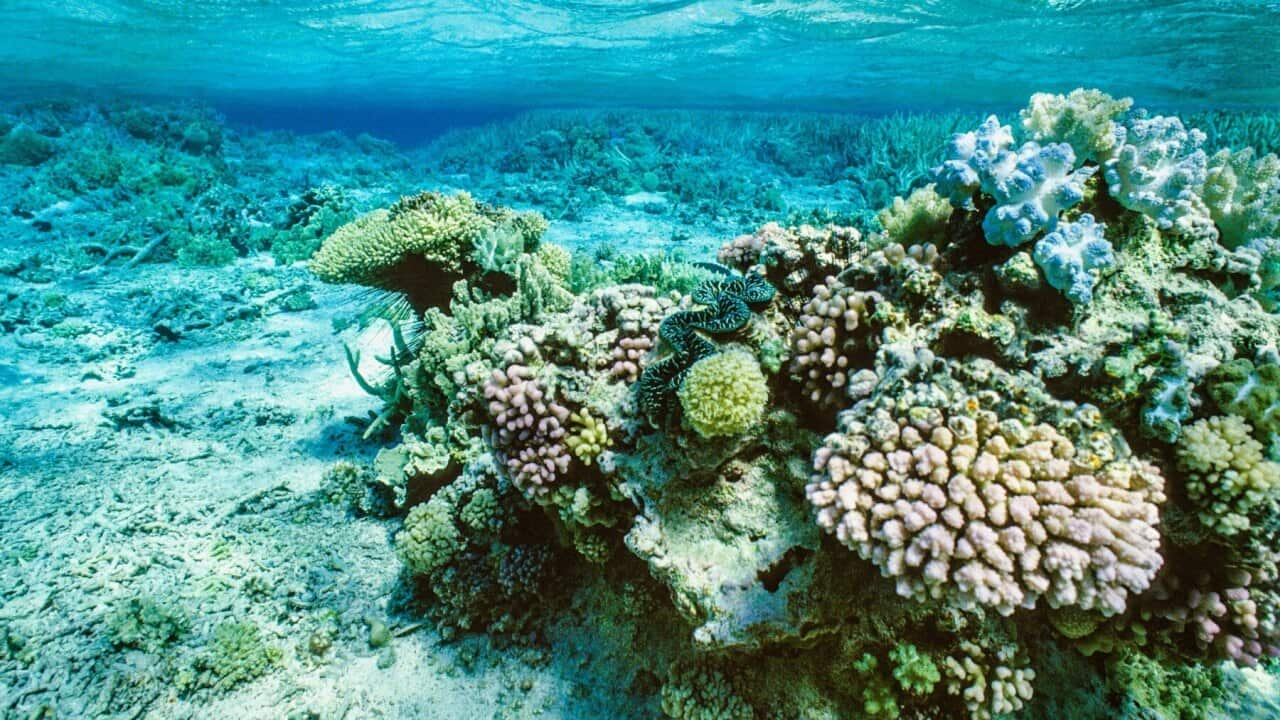Key Points
- Ms Plibersek released a 50-page plan responding to the damning findings of the Samuel review of the Environment Protection and Biodiversity Conservation Act
- Conservation groups have welcomed the move, saying it will help take the politics out of critical decisions.
- WWF-Australia says the long-overdue response to the review was a strong start.
The federal government has revealed its plan to halt Australia's nature crisis two years after a review found the nation's environment laws were failing dismally.
Environment Minister Tanya Plibersek says a suite of new laws, a new decision-making body and watchdog, and legally binding environmental standards should help reverse a long and shocking decline.
She's released a 50-page plan responding to the damning findings of the Samuel review of the Environment Protection and Biodiversity Conservation Act, handed to the former government more than two years ago.
It found the laws are not fit for purpose, calling them ineffective, outdated and incapable of producing good outcomes for animals, plants, habitats and heritage places of national significance.
In a seismic shift, Ms Plibersek announced development decisions that affect important natural assets would be put in the hands of an independent authority.
Those decisions will be made by a new, federal Environment Protection Agency, which will also act as a watchdog for nature.
Conservation groups have welcomed the move, saying it will help take the politics out of critical decisions that affect nature.
But they're also surprised the door has been left open for willing states and territories to obtain accreditation and assess developments on behalf of the Commonwealth, under EPA oversight.
Ms Plibersek again promised a reformed suite of laws, underpinned by new national environmental standards that will describe the outcomes those laws should achieve.
That addresses one of the major flaws the review identified - that the current Act fails to clearly define what it's meant to achieve.
"We will build our legislation on three basic principles: clear national standards of environmental protection, improving and speeding up decisions, and building trust and integrity," she told reporters in Brisbane.
The minister also said better regional planning will result in faster, clearer decisions for businesses seeking approval for their developments.
Queensland will be the first cab off the rank on regional planning, with other states interested too, she said.
She has flagged a kind of traffic light system for regional plans that will identify areas that should be protected from development, developed with caution, or fast-tracked for development.
She also promised the new system would result in less red tape, and deal with unnecessary duplication.
Long-overdue report is a strong start, WWF says
WWF-Australia says the long-overdue response to the review was a strong start.
"Lack of enforcement is the single greatest failing of the EPBC Act, so we're pleased to see an EPA at the heart of the government's plan," the group's chief conservation officer Rachel Lowry said.
The Australian Conservation Foundation echoed that.
"We are encouraged that Minister Plibersek intends for the new national EPA to have decision-making powers to stop political influence affecting nature protection," CEO Kelly O'Shanassy said.
More than two years have passed since former consumer watchdog chief Professor Graeme Samuel handed the results of his review to the former Morrison government in October 2020.
He called the existing Act ineffective, outdated and said good environmental outcomes could not be achieved for nature.
Cumulative impacts were not holistically addressed, there was a lack of integration with the states and territories, and the result was an unsustainable trajectory of decline for Australia's most important plants, animals and ecosystems.











